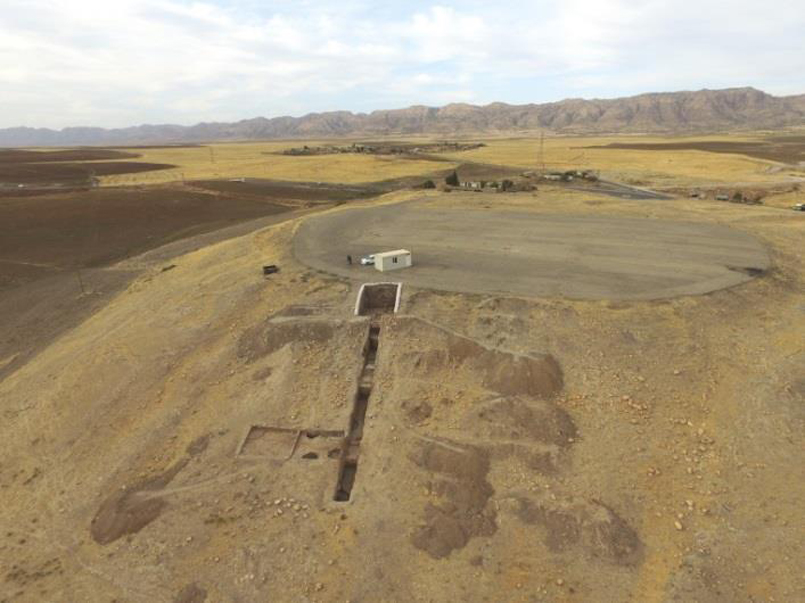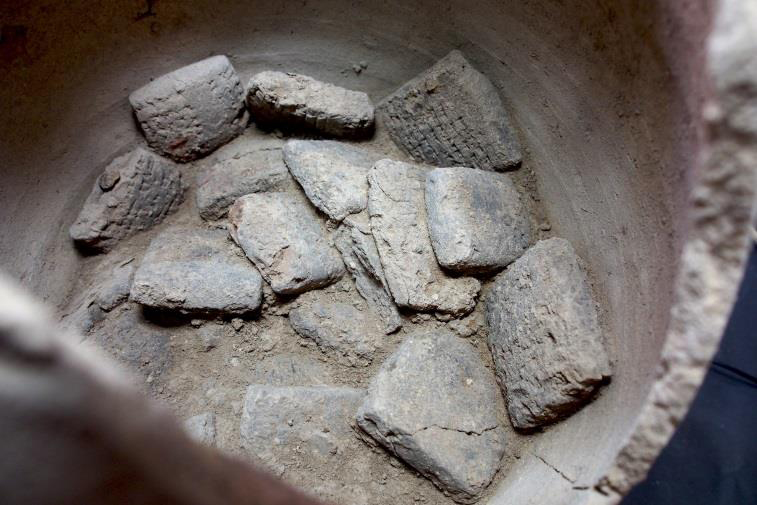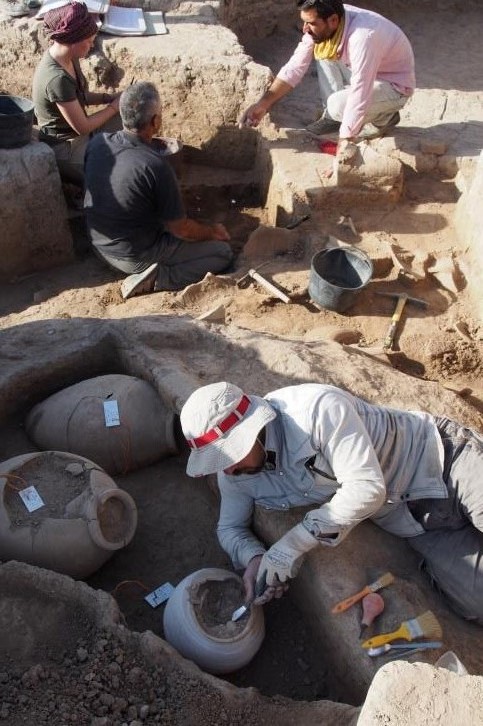Ancient Lost City of Mardaman Uncovered in Iraq

Ruins from the lost city of Mardaman, which dates back some 4,800 years, have been discovered in the Kurdistan region of northern Iraq, archaeologists just announced.
A team from the University of Tübingen in Germany has been digging at the site for years now, but only last summer did they discover 92 cuneiform tablets hidden in a pottery vessel found in the remains of a palace.
More recently, Betina Faist, a philologist (language expert) at the University of Heidelberg in Germany, deciphered the text on the tablets, only to find the name of this ancient city: Mardaman (sometimes called Mardama).
The ruins of Mardaman, located near the modern-day town of Bassetki, suggest that the city got its start between 2800 B.C. and 2650 B.C., and reached its peak between 1900 B.C. and 1700 B.C., said Peter Pfälzner, a professor of ancient near-Eastern archaeology at the University of Tübingen. The city continued to flourish into the Neo-Assyrian period, which lasted from about 911 B.C. to 612 B.C. [In Photos: Ancient City Discovered in Iraq]

The tablets date back to around 1250 B.C., a time when the city was part of the Assyrian Empire and was ruled by an Assyrian governor named Assur-nasir. The cuneiform tablets show Assur-nasir's "administrative and commercial affairs with the people of Mardama," said Pfälzner, who is leading excavations in the city.
At times, Mardaman was part of larger empires, but there were also times when it was an independent kingdom, according to ancient texts previously found at other archaeological sites.
The palace where the cuneiform tablets were found was destroyed around 1200 B.C., but the city continued to exist, Pfälzner's team found. In fact, at various points in its history, Mardaman was attacked and partly destroyed, only to be rebuilt.
Sign up for the Live Science daily newsletter now
Get the world’s most fascinating discoveries delivered straight to your inbox.

The pottery vessel holding the tablets was wrapped in a thick layer of clay, suggesting the city's inhabitants intentionally preserved them. The tablets "may have been hidden this way shortly after the surrounding building had been destroyed," Pfälzner said in a statement from the University of Tübingen. "Perhaps the information [the tablets contain] was meant to be protected and preserved for posterity."
Excavations at Mardaman are ongoing. Fortunately, the ancient city was spared the looting that other archaeological sites in Iraq have suffered in recent times, Pfälzner said.
"Mardaman certainly rose to be an influential city and a regional kingdom, based on its position on the trade routes between Mesopotamia, Anatolia and Syria," Pfälzner said in the statement. "At times, it was an adversary of the great Mesopotamian powers."
The University of Tübingen team started work at the city in 2013. At the time, they didn't know the city's name. While their excavations represent the first large-scale scientific studies carried out in the city, remains from the site were found sporadically in the past and include a statue of a nude person discovered in the 1960s.
Originally published on Live Science .

Owen Jarus is a regular contributor to Live Science who writes about archaeology and humans' past. He has also written for The Independent (UK), The Canadian Press (CP) and The Associated Press (AP), among others. Owen has a bachelor of arts degree from the University of Toronto and a journalism degree from Ryerson University.









